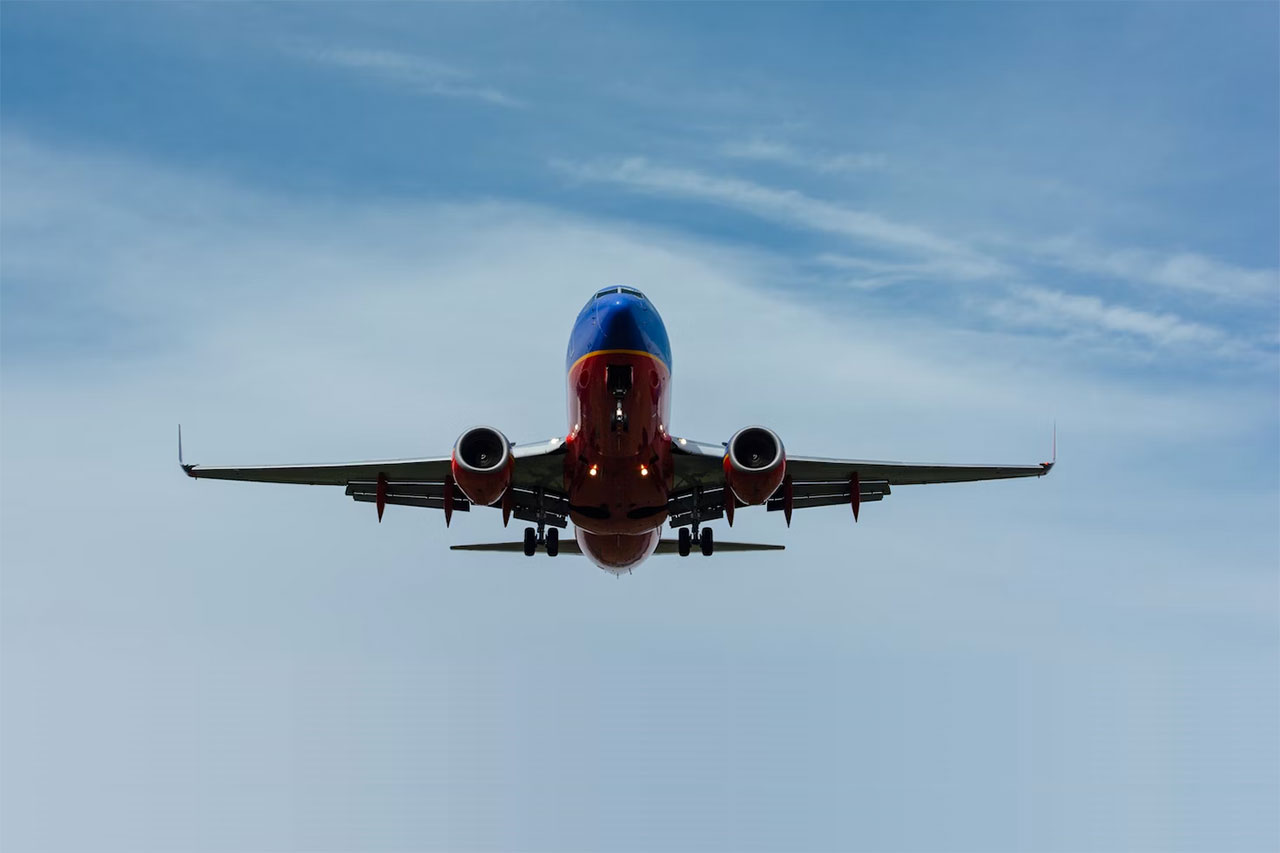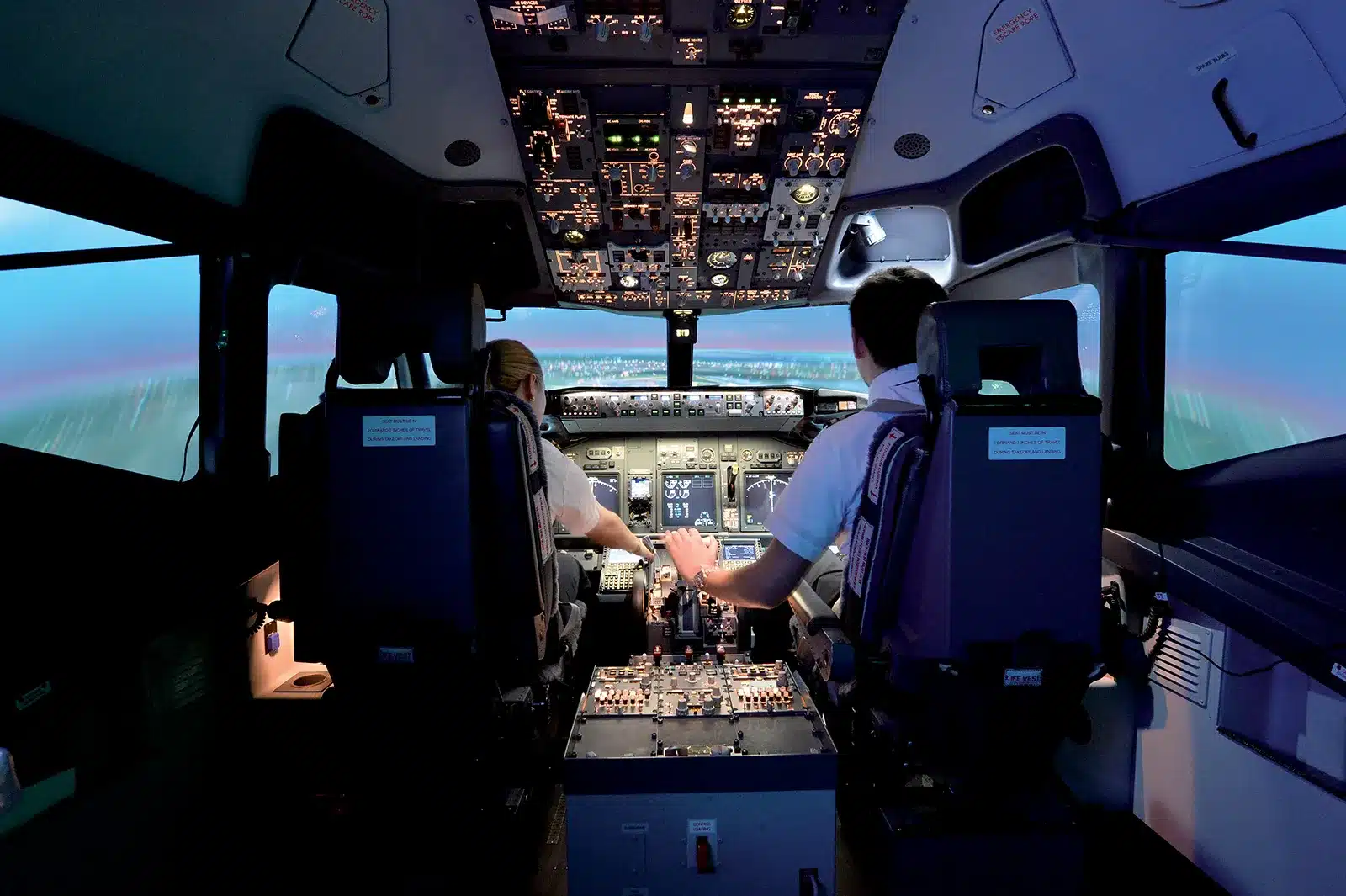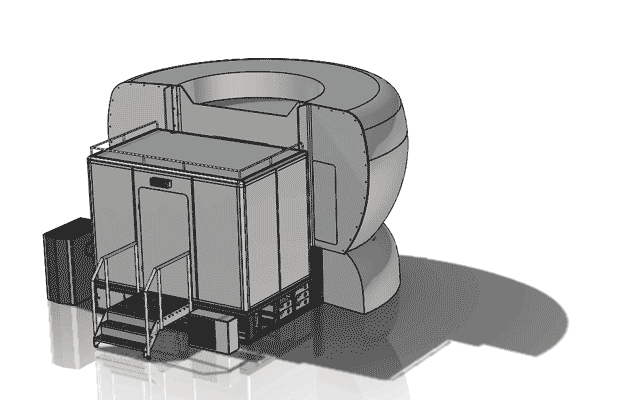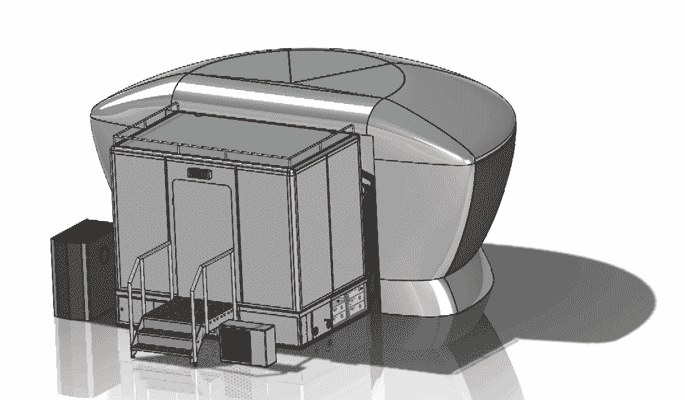Last week Delta made national news when one of its jets dumped fuel onto a school playground after departing LAX in Los Angeles, California. Although I do not know what happened in this particular situation, it does raise a common question: how do pilots deal with emergencies, with the unexpected? Complex and sometimes emergency situations that could occur on the job? And more importantly, how do they accomplish this while keeping passengers, crew and the public safe? The answer points to a multitude of important factors: procedures, the decision-making process, crew interaction, essential training and outside aspects. In this blog I will focus and expand on the procedures that support the safe outcome of varying environmental conditions and unforeseen situations.
Procedures, checklists and pilot expertise
First of all, one must understand that the complexity of an airplane and its operation, even in normal day-to-day operations, is mostly managed through procedures and application of checklists. To avoid errors, these checklists support the crew in identifying correct configuration, proper system functioning, correct speed and data entry and so forth. This however doesn’t mean that pilots read something and then find the right switch to move it in accordance with the checklist as often portrayed in movies. The way most procedures work is that either the Captain, the First Officer or both perform actions in their area of responsibility and then confirm the actions with a checklist. Routine operations such as takeoff and landing are carried out this way and form an essential part of any pilot’s professional life.
In different conditions, for example when operating in ice and snow, or alternatively in a very hot and dusty area, pilots use “supplementary” normal procedures to ensure appropriate actions are taken. These procedures are written by the airplane manufacturer and take into consideration the actions needed by the flight crew to deal with situations slightly out of the ordinary. These are not procedures pilots perform daily so most airlines will require pilots to “read and do” the supplementary procedure. A simple example of such a procedure in cold weather is when prior to takeoff, the airplane must be cleared of ice and protected against any new contamination sticking. In a situation like this, the crew will need to connect with the ground crew on when the de-icing procedure starts. They will also need to ensure the air conditioning does not suck in the fumes and make sure that the flaps and slats are in the correct position so that everything gets cleared. After the spray is completed, they need to go back and assure the systems and flight controls are all back in the correct position for takeoff.
In other words, the crew’s primary task is maintaining the safety of the airplane and its passengers. Only when workload and time permits will they communicate with Air Traffic Control, the Cabin Crew, passengers and if necessary their company.
In a future blog I will address how and why checklists are created but for now, it should be clear that a combination of accurate training in a high-fidelity simulator that reflects the airplane combined with solid analysis and crew cooperation are the best safeguards for safe and efficient flights.

Simulating emergency situations
As far as emergencies are concerned, it is important to know that pilot training both in initial Type Rating as well as in yearly recurrent training mostly focuses on unforeseen situations. Simulators like the MPS devices that are of high quality and create an optimal learning environment play a very large and important role in this as pilots can learn, repeat and hone their skills in a realistic situation without putting any lives or airplanes at risk. From the first day of training, crews learn to deal with systems in their normal and abnormal configurations. Many situations also require coordinated efforts of the crew. These team experiences are addressed during training through the performance of drills where real-life situations are simulated by the device and the instructor. In short, pilots practice worst case scenarios in simulators so that they have prior experience in the rare case that emergencies occur in a real aircraft.
Some emergency situations require crew actions to be performed from memory to ensure timely action. Memory items are exactly what they sound like; 5-20 actions that must be remembered by crew depending on the airplane. For example, an engine failure requires the crew to continue flying the airplane while taking immediate actions to stabilize the situation and remain in control of the flight path and emergency without it getting worse. When faced with this situation, most pilots will follow the mantra, “Aviate – Navigate – Communicate”. Let me expand on the engine failure example to further explain-
The “aviate” part ensures that the initial procedures are being followed, allowing for a safe continuation of the flight. In time critical situation such as an engine failure directly after takeoff when aircrafts are at their heaviest, the crew will analyze the failure by ensuring the system indications are supporting their actions. Jumping to conclusions makes a situation worse so a careful analysis of the systems and instrument indications will allow a crew to ensure the correct actions are performed. Once this is confirmed, the actions that are required like shutting down an engine and isolating its systems as well as starting the auxiliary power unit to provide electricity and air are performed in a coordinated fashion.
After these memory items are completed, the crew will make sure that the correct flight path is followed as it is essential for clearance from terrain, other airplanes and so forth. This is the “navigate” part of the mantra and becomes an additional task for the crew. When a safe altitude, airplane configuration and flight path is ensured, the next step is to either take out the paper checklist or to call up the electronic checklist depending on airplane type and generation. In either case, these checklists will guide the pilots through the situation. This is done by first confirming that all the memory items have been performed correctly and then by guiding the crew through a process where the optimum situation is created for either continuation of the flight or otherwise to ensure a safe landing.
Captain’s emergency authority
“Communicate”, the final part of the mantra, is completely dependent upon the crew workload and priorities. This is referred to as “Captain’s emergency authority”. In other words, the crew’s primary task is maintaining the safety of the airplane and its passengers. Only when workload and time permits will they communicate with Air Traffic Control, the Cabin Crew, passengers and if necessary their company.
In a future blog I will address how and why checklists are created but for now, it should be clear that a combination of accurate training in a high-fidelity simulator that reflects the airplane combined with solid analysis and crew cooperation are the best safeguards for safe and efficient flights.


